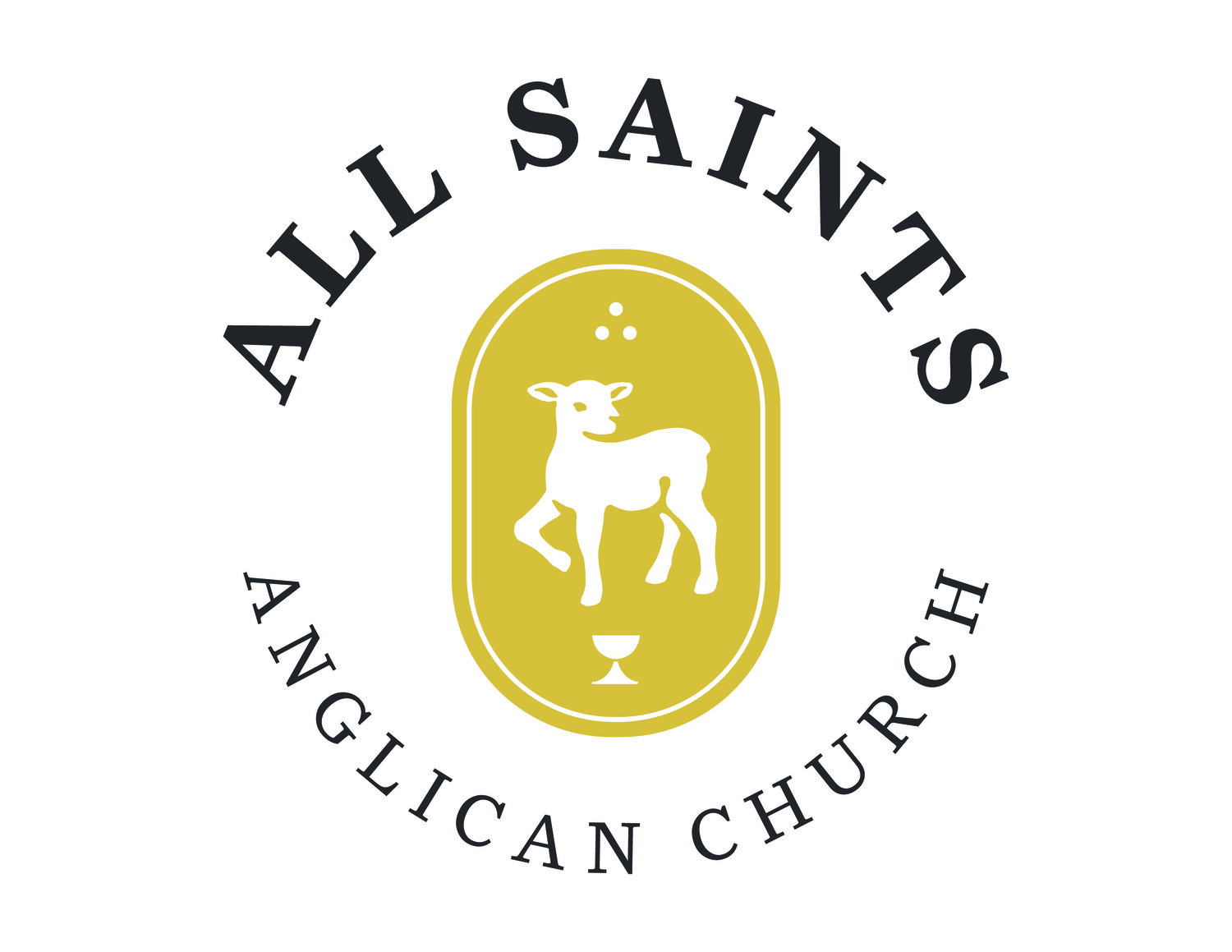Spoiler alert!
“Better Call Saul” (2015-2022), for those who do not know, is an American television show which follows the story of James “Saul Goodman” McGill as he moves from low-grade hustler, to legal aide, to lawyer, to sleezy-lawyer-who-works-for-the-cartel.
In this final evolutionary form, he plays a central character in the award-winning series “Breaking Bad” (2008-2013). “Better Call Saul” shows us how he got to be where he is.
But “Better Call Saul” does something else, also. Juxtaposed with the in-color “past” which is the bulk of the show, is black-and-white footage from Jimmy’s future: on the run from his former life, living under an alias, working at a Cinnabon in a mall in North Dakota.
Let me make sure you’re following: Jimmy’s past is presented in full color, but his future is in black-and-white. It lacks color.
The black-and-white future eventually takes over the primary story-telling role. In the final episodes there is more black-and-white and less color. More future, less past. We new future events: Jimmy relapses into his con-artistry, his hustling gets bigger, he —finally— gets caught, hauled to jail, wrangles with the legal system, jockeys for lighter sentencing with information about the cartel, and, finally, having dickered and haggled himself into the lightest possible punishment, changes his mind.
In the final moments he realizes the gravity of his errors and confesses everything, refuses the lighter sentences, divulges increasingly damning information, and receives the full thunder of the justice system.
Okay, you get the gist. Here’s the question asked and much-debated on discussion boards online: Why is the past in color but the future in black-and-white? My answer/fan-theory is this: because the future hasn’t happened yet. It is not finalized, it is not rendered in color, it is not fully developed. We are time-travelling when we see black-and-white, we are not yet in living color. It is all what might be.
This is the way things could go if Jimmy continues his hell-bent trajectory: dead-end schemes, clothes that stink of Cinnabon, sipping So.Co. by himself in an empty suburb home in the dead of a Dakotan snow. Hell indeed!
But the future is not written in color yet. The show is a kind of catechism in repentance. We watch at each step praying and hoping he can repent of his sins and live. The future, yet uncolored, remains open to the penitent. This is precisely what repentance does: it changes the future.
Welcome to Lent. It is a season of repentance. Thus it is a season in which the future is opened to us, and new possibilities are given. Those addictions which shackle you, those dead gods which enslave you (Lust, Rage, Rumor, Envy, etc.), the whole course of your life as it currently flows can be changed. “Confess your sins to one another and pray for each other that you may be healed” (Jas. 5:16).
New things, yet unwritten, break through the surface of what is currently available when we confess our sins. The example James gives when he enjoins us to confess our sins is that of drought (Jas 5:17-18). Sin closes-off possibilities, closes the course of life. It sets things forever in black and white and grey. Confession, however, like rain un-looked for, brings new life and rejuvenates things we thought long dead.


